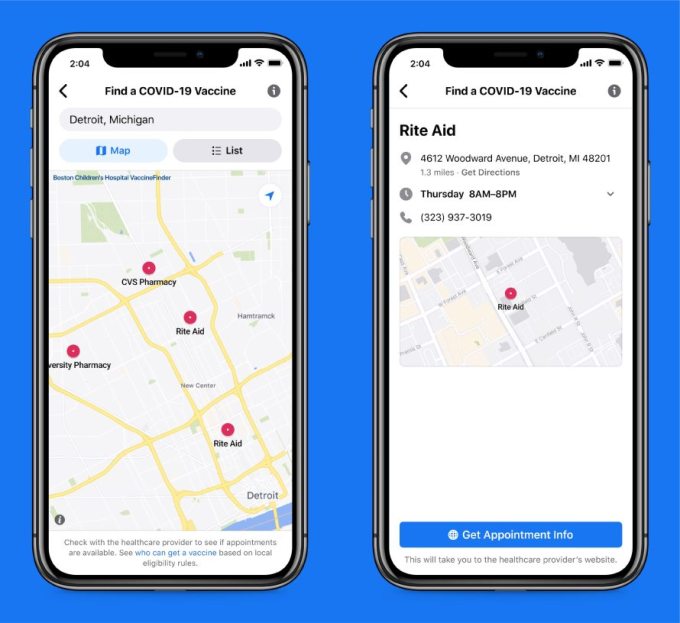For years, there was a debate as to whether WeWork was a tech company or more of a real estate play. At first, most people viewed WeWork as a real estate startup disguised as a tech startup.
And as it kept scooping up more and more property, the lines continued to blur. Then we all watched as the company’s valuation plummeted and its IPO plans went up in smoke. Today, WeWork is rumored to be going public via a SPAC at a $10 valuation, down significantly from the $47 billion it was valued at after raising $1 billion in its SoftBank-led Series H round in January 2019.
Co-founder and then-CEO Adam Neumann notoriously stepped down later that year amid allegations of a toxic combination of arrogance and poor management. WeWork has since been very publicly trying to redeem itself and turn around investor — and public — perception.
Chairman Marcelo Claure kicked off a strategic, five-year turnaround plan in earnest in February 2020. That same month, the beleaguered company named a real estate — not tech — exec as its new CEO, a move that set tongues wagging.
WeWork then also set a target of becoming free cash flow positive by a year to 2022 as part of its plan, which was aimed at both boosting valuation and winning back investor trust.
It likely saw the demise of competitor Knotel, which ended up filing for bankruptcy and selling assets to an investor, and realized it needed to learn from some of that company’s mistakes.
The question now is: Has WeWork legitimately turned a corner?
Since the implementation of its turnaround plan, the company says it has exited out of over 100 pre-open or underperforming locations. (It still has over 800 locations globally, according to its website.) WeWork has also narrowed its net loss to $517 million in Q3 2020 from $1.2 billion in the third quarter of 2019.
Meanwhile, revenue has taken a hit, presumably due to the impact of the coronavirus. Revenue slumped to $811 million the 2020 third quarter, compared with $934 million in Q3 2019.
The pandemic presented WeWork with challenges, but also — some might say — opportunity.
With so many people being forced to work from home and avoiding others during the work day, the office space in general struggled. WeWork either had to adapt, or potentially deal with a bigger blow to its valuation and bottom line.
WeWork’s dilemma is similar to those of real estate companies around the world. With so many companies shifting to remote work not just temporarily, but also permanently, landlords everywhere have had to adjust.
For example, as McKinsey recently pointed out, all landlords have been forced to be more flexible and restructure tenant leases. So in effect, anyone operating commercial real estate space has had to become more flexible, just as WeWork has.
For its part, WeWork has taken a few steps to adapt. For one, it realized its membership-only plan was not going to work anymore, and a dip in membership was evidence of that. So, it worked to open its buildings to more people through new On Demand and All Access options. The goal was to give people who were weary of working out of their own homes a place to go, say one day a week, to work. WeWork also saw an opportunity to work with companies to offer up its office space as a perk via an All Access offering, as well as with universities that wanted to give their students an alternative place to study.
For example, Georgetown did a pretty unique partnership with WeWork to have one of its locations serve as “their replacement library and common space.” And, companies like Brandwatch have recently shifted from leveraging WeWork’s traditional spaces to instead offer employees access to WeWork locations around the globe via All Access passes.
WeWork has also launched new product features. At the beginning of the year, the company launched the ability to book space on the weekend and outside of business hours.
The unbundling of space
I talked with Prabhdeep Singh, WeWork’s global head of marketplace, who is overseeing the new products and also spearheading WeWork’s shift online, to learn more about the company’s new strategy.
“What we’ve essentially done is unbundle our space,” he said. “It used to be that the only way to enjoy our spaces was via a bundled subscription product and monthly memberships. But we realized with COVID, the world was shifting, and to open up our platform to a broader group of people and make it as flexible as humanly possible. So they can now book a room for a half hour or get a day pass, for example. The use cases are so wide.”
Since On Demand launched as a pilot in New York City in August 2020, demand has steadily been climbing, according to Singh. So far, reservations are up by 65% — and revenue up by 70% — over the 2020 fourth quarter. But of course, it’s still early and they were starting from a small base. Nearly two-thirds of On Demand reservations are made by repeat customers, he added.
“Over the last year and a half, we’ve been really figuring out what things we want to focus on what things we don’t,” Singh said. “As a flexible space provider, we are looking at where the world is going. And while we’re a small part of the whole commercial office space industry, we are working to use technology to enable a flexible workspace experience via a great app and the digitization of our spaces.”
For now, things seem to be looking up some. In February, WeWork says it had nearly twice as many active users compared to January. Also, people apparently like having the option to come in at off hours. Weekend bookings now account for an estimated 14.5% of total bookings.
Nearly double as many existing members purchased All Access passes in February 2020 compared to January to complement their existing private office space during COVID, the company said.
In the beginning of the COVID-19, WeWork saw a higher departure of small and medium sized businesses (SMBs) than of its enterprise members, partially due to the nature of their businesses and the need to more immediately manage cash flow, the company said. But in the third quarter of 2020, SMB desk sales were up 50% over the second quarter.
Interestingly, throughout the pandemic, WeWork has seen its enterprise segment grow at nearly double the rate of its SMBs, now making up over half of the company’s total membership base.
While it’s slowing down investing in new real estate assets in certain markets, it is still working to “right-size” its portfolio via exits.
And, when it comes to its finances, as of March 2, WeWork said its bonds were trading at the highest point since the summer of 2019, when the company failed to go public. That’s way up from a 52-week low of about 28%.
“At ~92% for a ~10% yield, the creditor sentiment is clearly positive and a testament to the overall market’s belief that WeWork’s flexible workspace product has a viable future in the future of real estate,” a spokesperson told TechCrunch.
Just last March, WeWork’s bonds were trading at 43 cents on the dollar and S&P Global had lowered WeWork’s credit rating further into junk territory and put the company on watch for further downgrades, reported Forbes.
Still, the company is not done adapting. Singh told TechCrunch that to make WeWork’s value proposition even stronger, it’s working to offer a “business in a box.” Late last year, WeWork partnered with a number of companies to offer SMBs and startups, for example, services such as payroll, healthcare and business insurance.
“A lot of people that come to WeWork are growing businesses,” Singh said. “So while we’ve stuck with our core business services, we’re working to offer more, as in a real suite of HR services that might be complex and expensive for a small business to manage on their own.”
It’s also working to be able to offer its On Demand product globally so that people can opt to work out of a WeWork space from any of its locations around the world.
“Right now, we are in the largest work from home experiment,” Singh said. “I think we’re about to shift to the largest return to work experiment ever. We are just going to be very well positioned.”
The company appears to be trying to become a more sophisticated real estate company that may not be as flashy as the one of the Adam Neumann era, but more stable and more in demand. But is it trying to do too much, too fast?
It will be interesting to see how it all goes.
Early Stage is the premier ‘how-to’ event for startup entrepreneurs and investors. You’ll hear first-hand how some of the most successful founders and VCs build their businesses, raise money and manage their portfolios. We’ll cover every aspect of company-building: Fundraising, recruiting, sales, product market fit, PR, marketing and brand building. Each session also has audience participation built-in – there’s ample time included for audience questions and discussion. Use code “TCARTICLE at checkout to get 20 percent off tickets right here.






